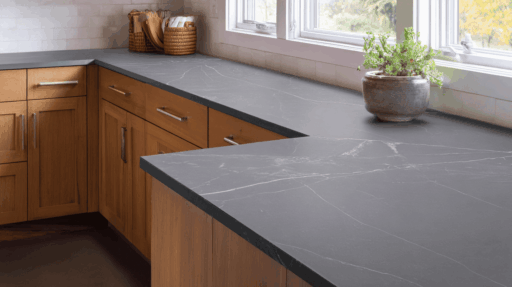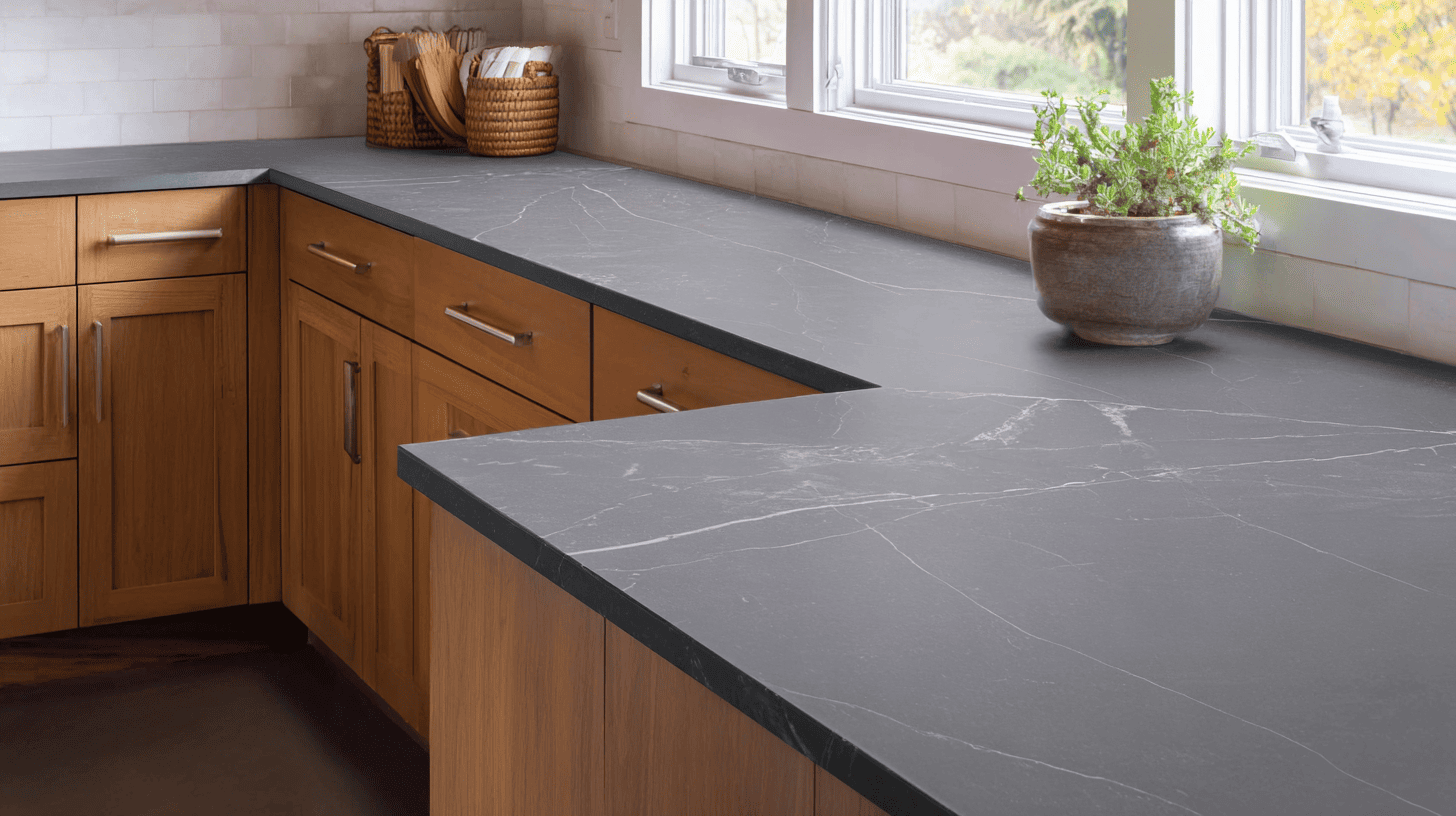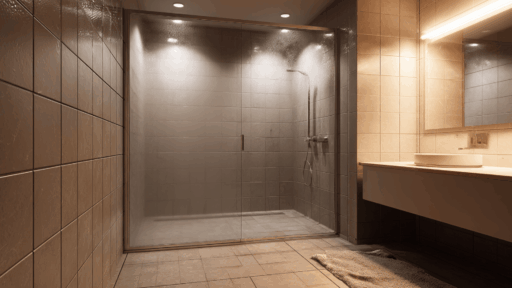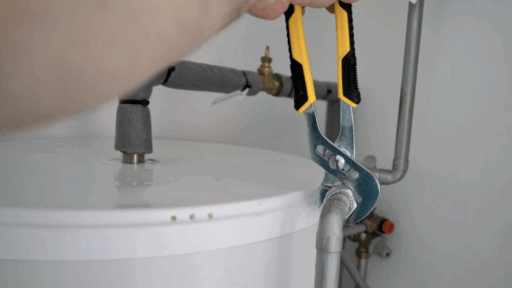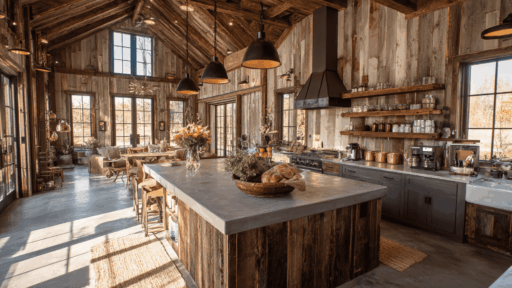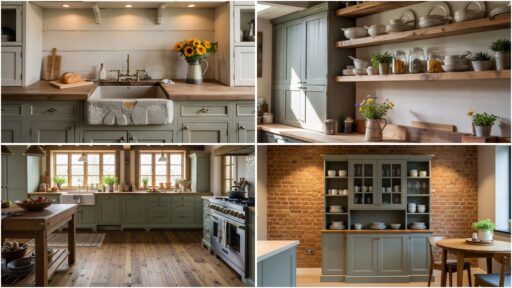Looking for a surface that’s as functional as it is beautiful? A soapstone countertop might be just what your kitchen needs.
This natural stone has been gaining popularity across American homes, and for good reason.
Soapstone offers a smooth, matte finish and a soft, organic feel that sets it apart from glossier surfaces like granite or quartz.
Beyond looks, it’s known for impressive durability. It resists stains, handles heat like a champ, and doesn’t require sealing. Over time, soapstone develops a rich patina, giving your kitchen a lived-in charm that gets better with age.
If you’re considering a kitchen upgrade, this material brings warmth, resilience, and classy appeal to the table.
What Is a Soapstone Countertop?
Soapstone is a natural stone made from metamorphic rock, primarily composed of talc. This unique makeup gives it a soft, smooth texture that feels almost velvety to the touch.
It’s a material that invites interaction, often chosen for surfaces where comfort and character matter.
Visually, soapstone comes in classic shades of gray, green-gray, or blue-gray. These tones are often accented with subtle white veining, creating a look that’s both relaxed and refined.
Most soapstone countertops are finished with a matte or honed surface, adding to the overall natural appearance.
Benefits of Soapstone Countertops
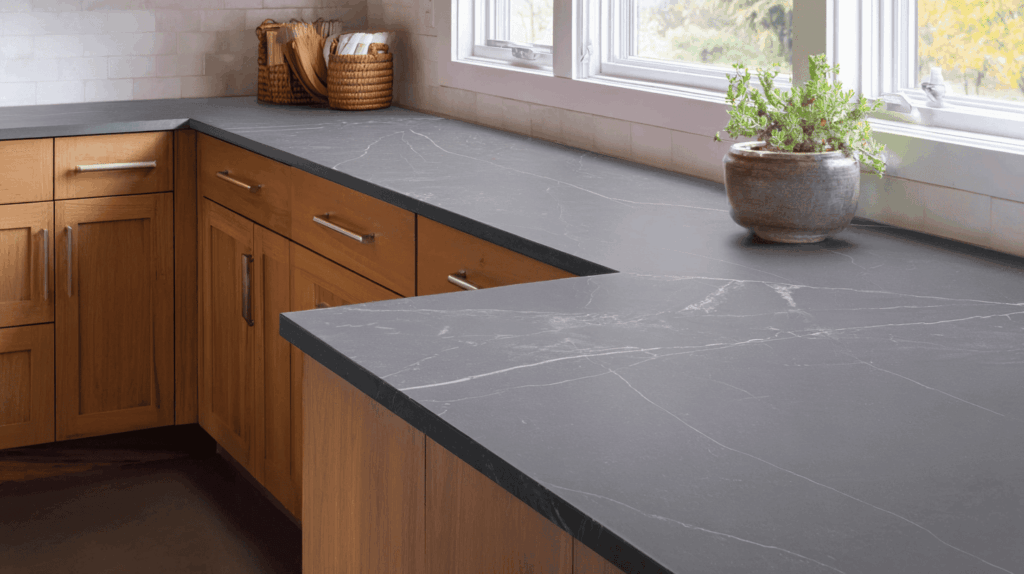
Soapstone has become a popular countertop choice in many kitchens, and for good reason. Its combination of natural beauty and everyday practicality makes it a standout material that balances form and function.
Here’s why so many homeowners are turning to soapstone:
- Heat-resistant – You can safely place hot pans or pots directly on the surface without damage.
- Stain-resistant – It naturally resists wine, oil, and acidic spills without absorbing them.
- Low maintenance – No need for sealants; a simple wipe-down and occasional mineral oil will do.
- Antibacterial – The non-porous surface helps reduce bacterial buildup, making it food-safe.
- Ages beautifully – Over time, it develops a rich, dark patina that adds unique charm and character.
Soapstone isn’t just a countertop; it’s a long-term investment in both style and simplicity.
Soapstone vs. Other Countertop Materials
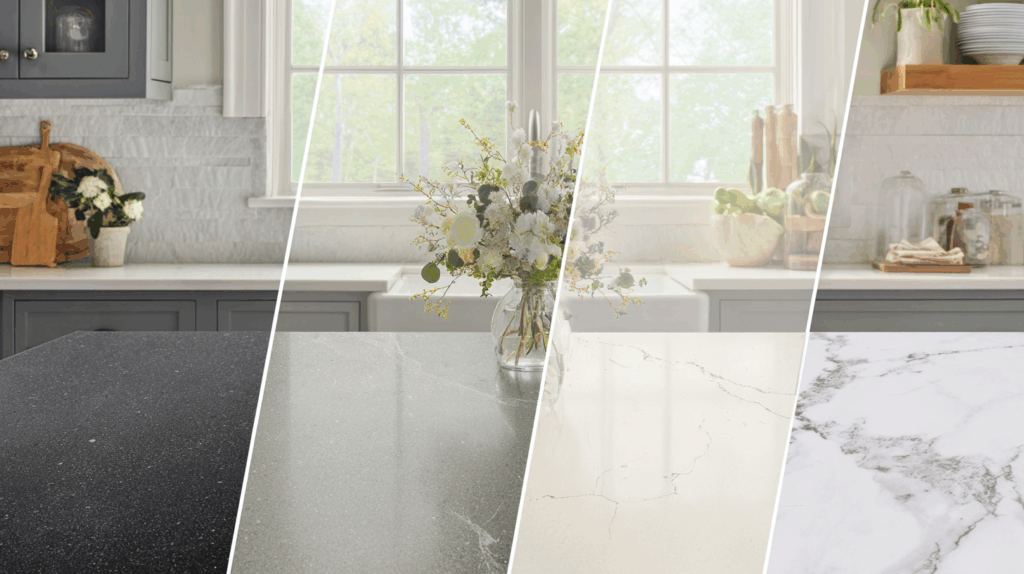
Choosing the right countertop means thinking about more than just color or pattern. Every material, whether soapstone, granite, quartz, or marble, has its own strengths.
This quick comparison will help you see how it stacks up against other top choices.
| FEATURE | SOAPSTONE | GRANITE | QUARTZ | MARBLE |
|---|---|---|---|---|
| Heat Resistance | Excellent | Excellent | Good | Fair |
| Stain Resistance | Very High | Medium | High | Low |
| Maintenance | Low | Medium | Low | High |
| Appearance Aging | Gains patina | Remains constant | Constant | Can etch/stain |
| Sealing Needed | No | Yes | No | Yes |
Soapstone stands out for its natural texture, low maintenance, and quiet beauty. This quick comparison will help you see how it stacks up against other top choices.
Soapstone Design Inspiration and Color Variations
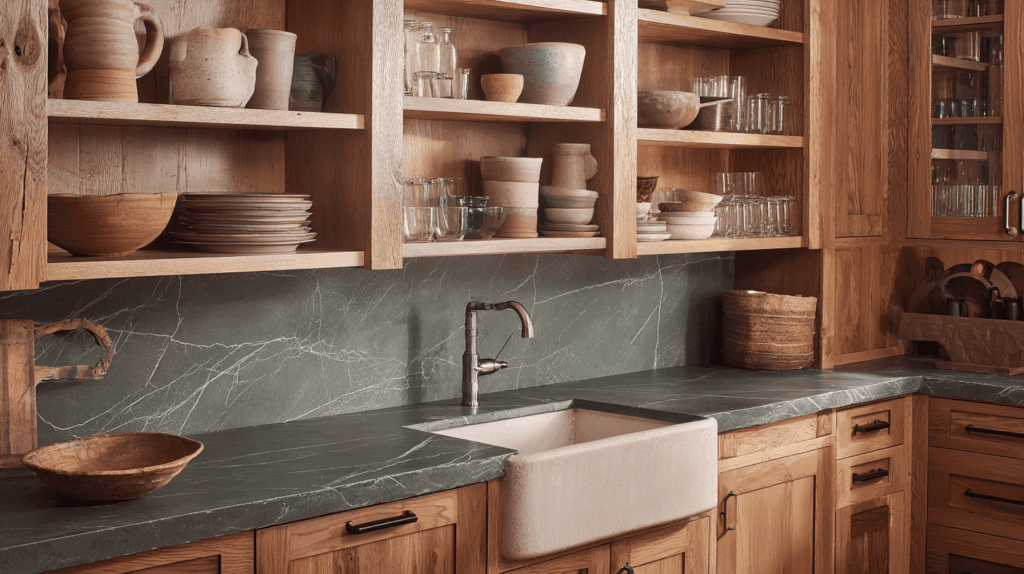
Soapstone offers a range of soft, moody tones that fit beautifully into a variety of kitchen designs. From bold contrast to subtle warmth, its natural veining and matte texture bring character without overwhelming the space.
1. Charcoal-Gray with White Veining
Charcoal-gray soapstone featuring white veining adds refined contrast to modern kitchens. It pairs beautifully with clean cabinetry and metal fixtures.
This color combination stands out in spaces that value simplicity, offering depth without clutter. Ideal for minimalist designs, it brings just enough movement while staying sleek, polished, and visually quiet.
A classic match for bright, airy layouts.
2. Green-Gray with Wood Cabinetry
Green-gray soapstone offers a calm, organic touch that feels right at home in rustic or craftsman kitchens. It blends effortlessly with warm wood tones, creating a cozy, grounded look.
This palette works especially well in nature-inspired interiors. The soft green undertones invite comfort while maintaining a classy appeal that ages gracefully with your space.
3. Blue-Gray with White Cabinets
Blue-gray soapstone brings a cool, breezy feel to kitchens with white cabinetry. This pairing brightens the room while introducing a soft hint of color.
It’s perfect for coastal, beachy, or cottage-style homes. The gentle contrast improves light-filled spaces, making them feel open and relaxed.
It’s an easy favorite for anyone drawn to fresh, uplifting design. Soapstone’s natural charm and adaptability make it a standout choice for adding personality and depth to your kitchen.
Drawbacks of Soapstone Countertops
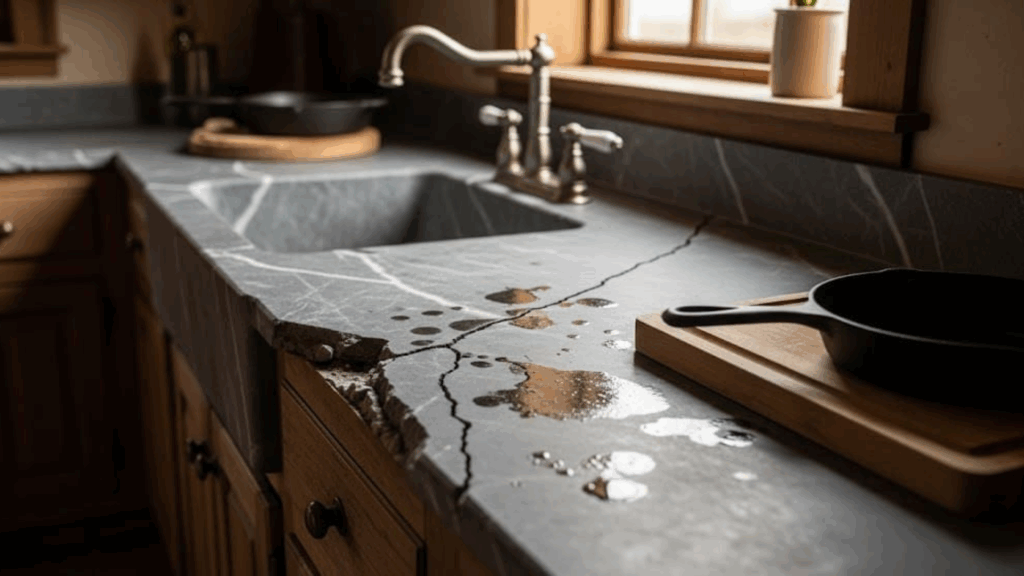
While soapstone has plenty of appeal, it’s helpful to consider a few limitations before choosing it for your kitchen.
- Prone to Scratches and Dents – Being a softer stone, soapstone can nick or scratch more easily with heavy use or dropped items.
- Limited Color Selection – Available mostly in gray, green-gray, or blue-gray tones, which might not suit all design preferences.
- Darkens Over Time – The surface naturally develops a patina, which may not appeal to those wanting a consistent color.
- Requires Occasional Oiling – While sealing isn’t needed, mineral oil helps even out tone and reduce blotchy areas.
- Higher Initial Cost – Soapstone is more expensive than some alternatives, especially with custom fabrication or thicker slabs.
Knowing these points can help you make a more informed choice and decide if soapstone is truly the right fit for your space.
Cost of Soapstone Countertops
Soapstone is a premium material, and its price reflects its durability, low maintenance, and classic appeal. While it may cost more than some alternatives, many homeowners find the long-term value worth the investment.
| COST FACTOR | DETAILS | ESTIMATED COST (USD) |
|---|---|---|
| Average Price | $60 to $120 per sq. ft. (installed) × 50 sq. ft. | $3,000 to $6,000 |
| Slab Thickness | The standard is 2 cm or 3 cm; adding 3 cm typically costs $5 to $15 per sq. ft. | +$250 to $750 |
| Region & Shipping | Varies by state and distance from supplier, typically 5 to 10% of total cost | +$150 to $600 |
| Custom Features | Includes sink cutouts, edge profiles, and cooktop openings | +$300 to $1,000 |
Soapstone may be a bigger upfront expense, but its lasting strength, low upkeep, and stylish look make it a smart, long-term upgrade for your kitchen.
How to Maintain a Soapstone Countertop
Keeping a soapstone countertop looking its best is easy with simple, low-effort care. With a few consistent habits, your skin will stay beautiful and continue aging gracefully.
Here are six easy tips for care and upkeep:
- Wipe daily with mild soap and water
- Avoid harsh scrubbers or abrasive cleaners
- Apply food-safe mineral oil monthly to deepen the tone
- Let the surface darken naturally over time
- Buff light scratches with fine sandpaper if needed
- No sealing required, thanks to its non-porous nature
Soapstone is forgiving, functional, and incredibly easy to maintain. A little care goes a long way in keeping it classy and full of character.
Conclusion
Soapstone countertops offer a rare mix of durability, natural charm, and low maintenance. They resist heat and stains with ease, making them perfect for everyday cooking and entertaining.
Over time, the stone gains a rich patina, adding unique depth and personality to your kitchen.
With its smooth texture and classic tones, soapstone fits effortlessly into both modern and traditional spaces. And the best part? It’s incredibly easy to care for, no sealing, no stress.
Looking for a countertop that combines beauty with long-term value? Soapstone might just be the right choice.
Curious how soapstone would look in your space? Leave a comment below.

